22 Diseases And Conditions Dogs Can Detect In Humans Through Scent
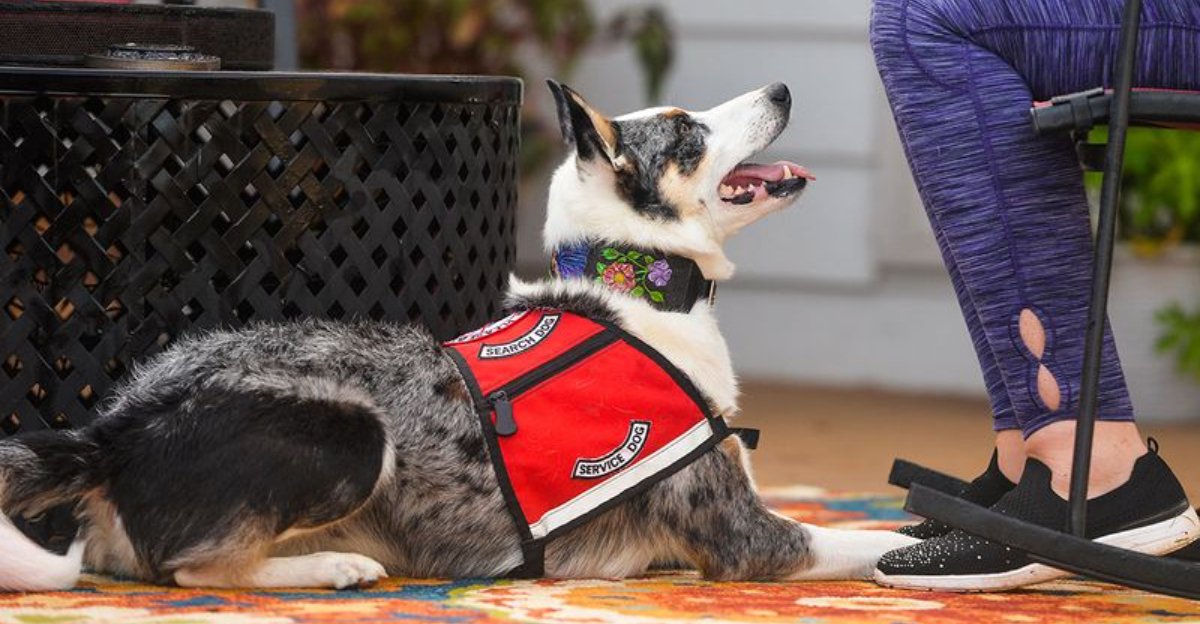
Dogs possess an extraordinary sense of smell, allowing them to detect diseases and conditions in humans, often before symptoms appear.
With up to 300 million smell receptors, compared to a human’s 5 million, dogs can sense volatile organic compounds (VOCs) released by the body when something is wrong.
Trained dogs can identify conditions ranging from cancers to infections, and even psychological states. This remarkable skill is transforming medical diagnostics, offering non-invasive, rapid, and accurate detection.
Let’s explore the 22 conditions dogs can detect and how they aid in human health.
1. Cancer
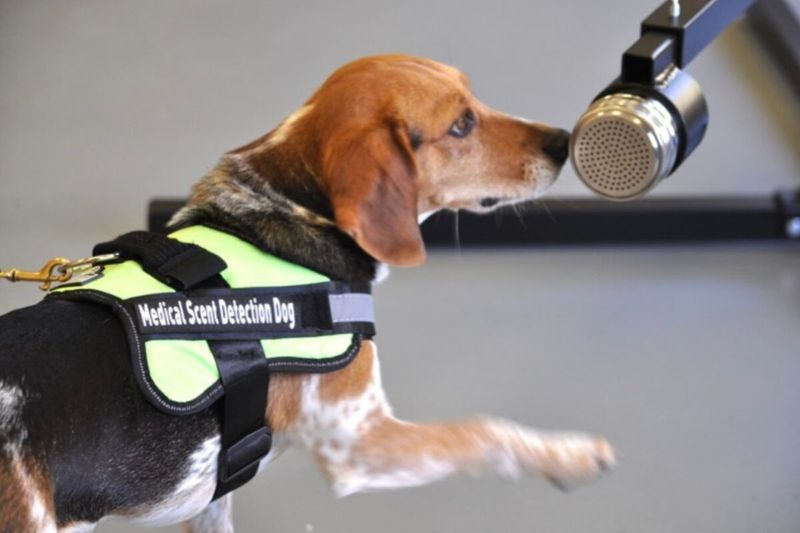
Dogs’ ability to detect cancer is one of the most studied phenomena. Cancer cells release distinct volatile organic compounds (VOCs) due to changes in the body’s metabolism, which dogs can detect with their sensitive noses.
Studies show dogs can identify various cancers, including breast, lung, and skin, with accuracy that rivals traditional diagnostic methods. Training involves rewarding dogs when they correctly identify cancerous samples, and over time, they associate certain smells with the disease.
These dogs not only offer hope for early diagnosis but also provide emotional support, with their role in healthcare expanding through ongoing research.
2. Diabetes
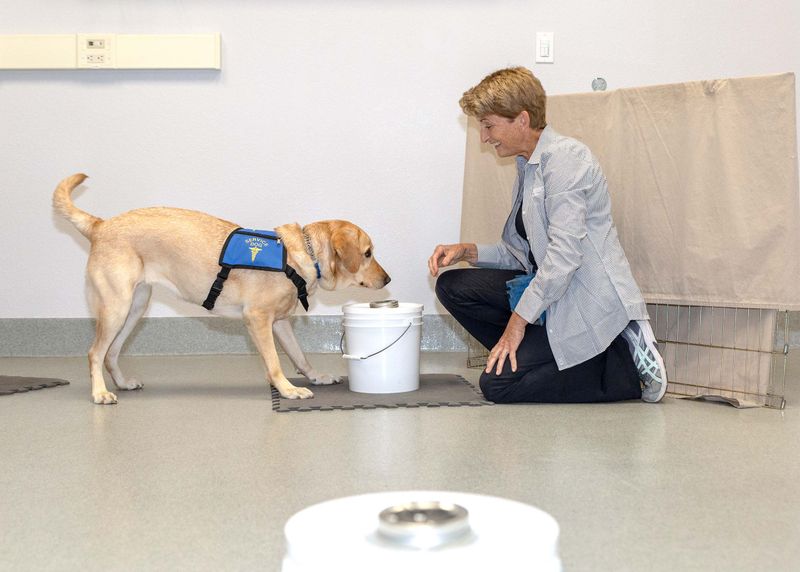
Dogs have remarkable abilities to detect diabetes, sensing fluctuations in blood sugar before the person is aware. Specially trained dogs can detect changes in breath or sweat caused by rising or falling glucose levels, alerting their owner to take action.
This is especially beneficial for people with Type 1 diabetes, offering a sense of security and independence. Training involves exposing dogs to sweat samples from individuals with blood sugar changes, teaching them to recognize these scents.
Over time, they become highly effective at real-time monitoring, highlighting their vital role in managing chronic conditions.
3. Epilepsy
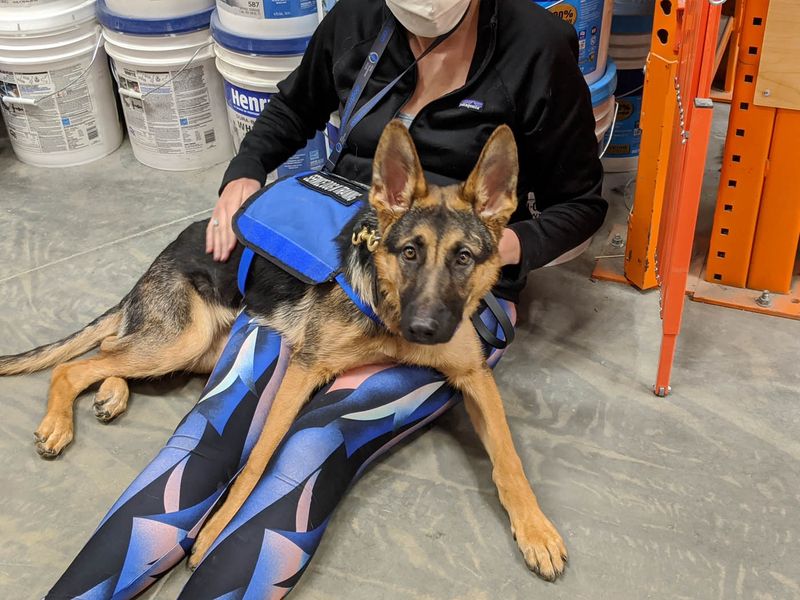
Epilepsy detection dogs are trained to recognize subtle signs before a seizure, often detecting changes in body chemistry through scent. While the exact mechanism is unclear, dogs can sense impending seizures minutes or even hours before they happen.
For individuals with epilepsy, these dogs can provide advance warning, allowing them to find a safe space or alert others, reducing the risk of injury. Training involves teaching dogs to recognize specific seizure cues, enhancing their ability to alert their owners.
The strong bond between the dog and handler is essential, as these dogs offer both practical assistance and emotional support.
4. Narcolepsy

Dogs can be trained to detect narcolepsy, a sleep disorder marked by sudden sleep attacks. By sensing chemical changes in the body, dogs can warn their owners before an episode occurs, giving them time to find a safe place to rest.
This early alert can help prevent injuries and provide more control over the condition. Training involves teaching dogs to recognize these scent changes and alert their owners through specific behaviors like nudging or pawing.
Narcolepsy alert dogs not only assist with the disorder but also offer companionship and security, greatly improving the quality of life for their owners.
5. Migraines

Migraine detection dogs are trained to sense subtle physiological changes that precede a migraine, such as shifts in body chemistry or posture.
By alerting their owners before the migraine fully sets in, these dogs allow for early medication or rest, potentially reducing the attack’s severity. Training involves recognizing these unique signals and providing a personalized alert system.
In addition to offering practical assistance, migraine alert dogs provide emotional support, making it easier to manage chronic migraines. Their presence offers both early intervention and comforting companionship during painful episodes.
6. Parkinson’s Disease

Dogs can detect Parkinson’s disease by sensing specific odor signatures linked to biochemical changes in patients. This ability allows for early detection, which is crucial since Parkinson’s can be hard to diagnose in its early stages.
By recognizing these scent markers, dogs can alert individuals before major symptoms develop, leading to earlier intervention. Training involves exposing dogs to samples from Parkinson’s patients to teach them to identify these scent patterns.
Though still emerging, the potential for dogs to assist in Parkinson’s diagnosis offers hope for better management and quality of life. As research progresses, dogs may play a larger role in diagnosing neurological conditions like Parkinson’s.
7. Bacterial Infections
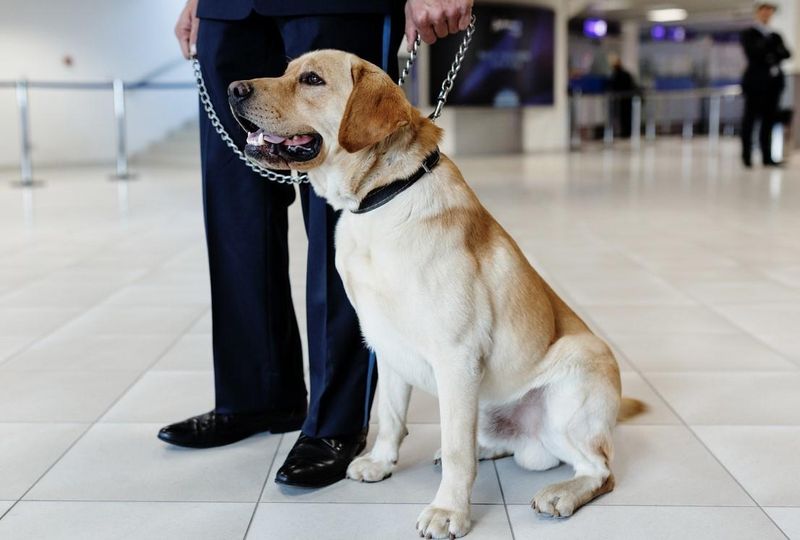
Dogs’ ability to detect bacterial infections, such as C. diff and MRSA, can make a significant impact in healthcare settings. Their keen sense of smell allows them to identify unique volatile compounds produced by infections, often undetectable by humans.
This skill is crucial in hospitals, where preventing the spread of infections is vital. Trained dogs can expedite diagnosis and treatment, reducing the risk of outbreaks.
As our understanding of canine scent detection grows, so does their potential to improve public health and safety.
8. Viral Infections
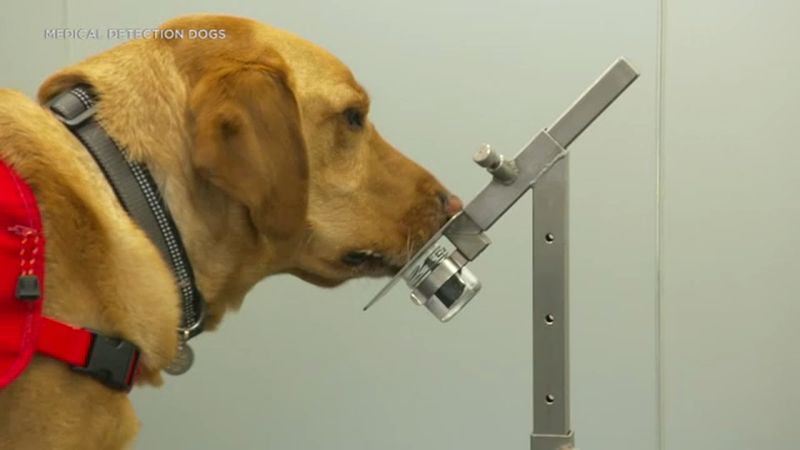
Dogs’ ability to detect viral infections through changes in body odor is a promising area of research, especially in response to global health challenges.
Their keen sense of smell has shown potential in identifying infections like COVID-19, providing a fast, non-invasive diagnosis when traditional tests are slow or unavailable. Trained dogs can quickly alert to the presence of viruses, helping to curb the spread of contagious diseases.
Training involves teaching dogs to recognize specific odor signatures from infected individuals. As research advances, dogs may play a crucial role in viral outbreak response, supporting early intervention and public health efforts.
9. Malaria
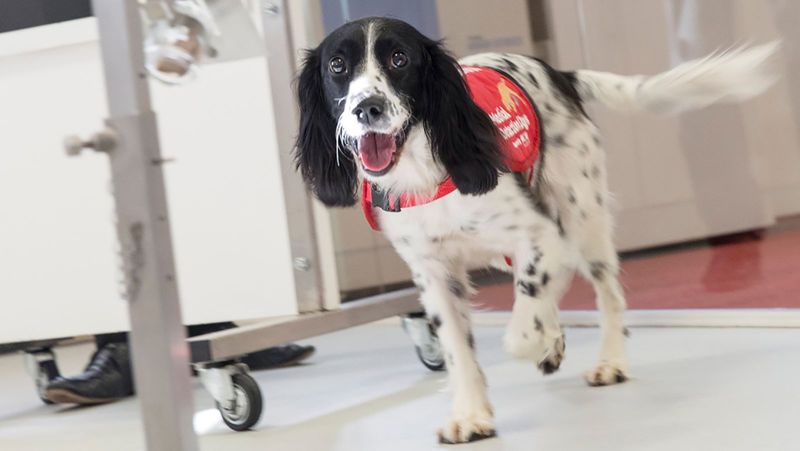
Dogs’ ability to detect malaria through scent is a groundbreaking development in their olfactory skills. By identifying odor markers from infected individuals, dogs offer a rapid, non-invasive diagnostic method, especially valuable in areas with limited healthcare access.
Early detection of malaria improves treatment and reduces transmission rates. Trained dogs sniff clothing or samples to alert handlers to the disease’s presence.
This technique, backed by training and reward, supports timely diagnosis and disease control efforts, highlighting dogs’ growing role in global health initiatives.
10. Tuberculosis (TB)

Dogs’ ability to detect tuberculosis (TB) demonstrates their potential in fighting infectious diseases. Trained to identify specific scents associated with TB, dogs offer a swift, non-invasive diagnostic method, especially in areas with limited or delayed testing.
Early detection helps prevent transmission and supports timely treatment. Dogs are trained using samples from TB patients to recognize the infection’s distinctive odor.
As research advances, dogs’ role in TB detection will enhance disease management and showcase their growing impact on public health.
11. COVID-19

During the COVID-19 pandemic, dogs became valuable allies in detecting the virus with their exceptional sense of smell. They identified unique scent markers associated with the infection, providing a rapid, non-invasive screening method, especially in busy areas like airports.
Research showed dogs could accurately detect COVID-19 from sweat or breath samples, often matching traditional test results. Trained to recognize these markers, they helped identify infected individuals and curb the virus’s spread.
Beyond detection, dogs also provided reassurance, showcasing their vital role in public health and safety during pandemics.
12. Depression

Dogs’ ability to detect depression is based on their keen sense of smell and emotional sensitivity. While they don’t diagnose depression, they can sense changes in scent and behavior that signal a shift in mental health, offering comfort and companionship.
These dogs often serve as emotional support animals, providing a calming presence during depressive episodes. Their intuitive nature helps them respond to their owner’s needs, offering affection and stability.
Though their training is informal, it reinforces their natural instincts to provide comfort, contributing to improved mental well-being and support.
13. Anxiety

Dogs have a remarkable ability to detect anxiety, offering natural support for those experiencing it. Their sensitivity to changes in behavior and physiology allows them to recognize anxiety and provide comfort, such as physical affection or distraction.
Trained anxiety detection dogs can alert their owner to practice coping mechanisms like deep breathing, offering a grounding presence. Training involves teaching dogs to respond to specific cues, making them attuned to their owner’s unique signs of distress.
Beyond their practical role, dogs provide emotional stability and security, making them invaluable partners for those managing anxiety.
14. Stress

Dogs can detect stress by sensing subtle changes in body chemistry and behavior, such as hormonal shifts that alter scent. This ability allows them to offer comfort and help mitigate stress.
In environments like schools or workplaces, stress detection dogs provide a calming presence, helping individuals regain composure. Though their training is less formal than medical detection, it enhances their natural ability to respond to stress signals.
These dogs offer emotional support, contributing to a more relaxed and balanced atmosphere, while promoting mental wellness through their companionship.
15. Fear

Dogs can sense fear through changes in scent and body language, offering comfort and companionship to those experiencing fear or phobias. When a person is afraid, they release pheromones that dogs can detect, helping to ease anxiety.
For individuals with phobias, a dog’s presence provides grounding and security, offering both comfort and confidence. Training enhances a dog’s natural instincts to respond to fear signals, such as providing physical closeness.
These dogs are not only effective at detecting fear but also serve as loyal companions, helping individuals manage their fears and providing unwavering support.
16. Anger
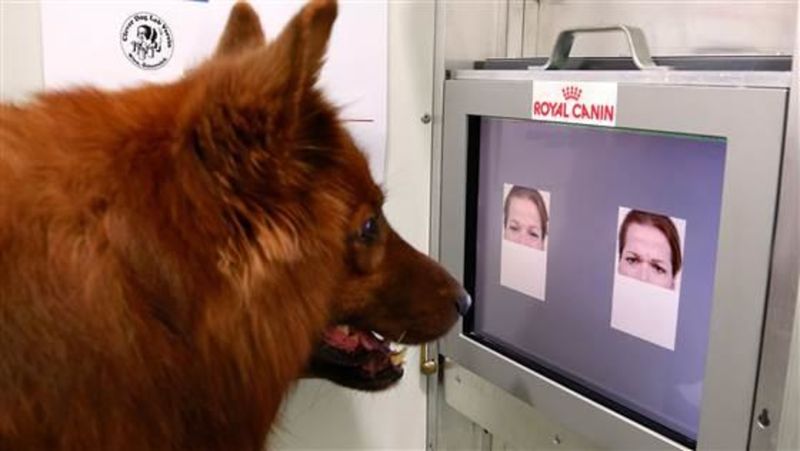
Dogs can detect anger through changes in scent and body language, allowing them to help diffuse tension. Their ability to recognize anger cues is useful in de-escalating hostile situations.
Dogs often use calming behaviors, like sitting quietly or initiating play, to redirect focus and promote relaxation.
In homes or offices, a dog’s presence can foster a more harmonious atmosphere, encouraging a balanced perspective. Training enhances their natural response to anger cues, making them valuable emotional support companions, providing stability and security in difficult moments.
17. Fear Of Heights
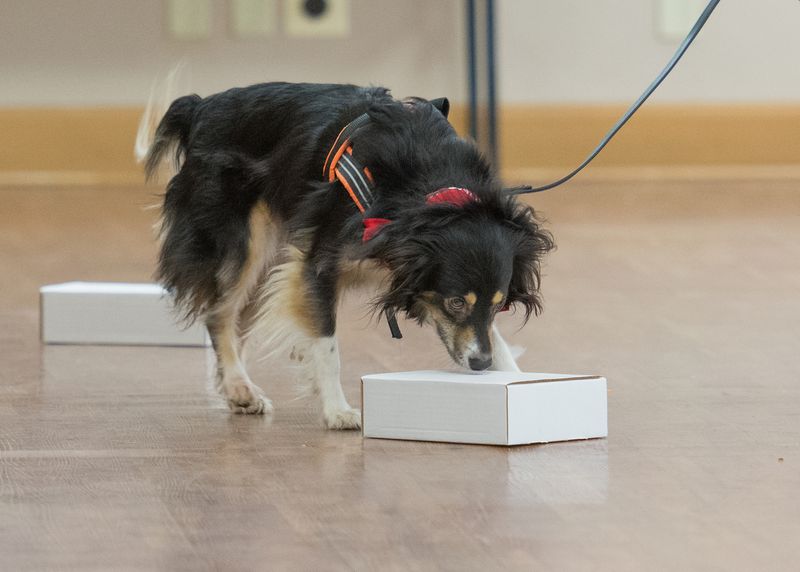
Dogs can help individuals with acrophobia by offering emotional support and comfort, reducing anxiety and providing grounding during height-related fears. Their presence serves as a steadying influence, helping owners stay calm and composed in challenging situations.
Trained dogs can encourage their owners to face their fears with confidence, offering reassurance and physical closeness.
The bond between dog and owner is key in overcoming phobias, promoting emotional well-being. These dogs not only support in fearful moments but also enhance the overall quality of life.
18. Post-Traumatic Stress Disorder (PTSD)
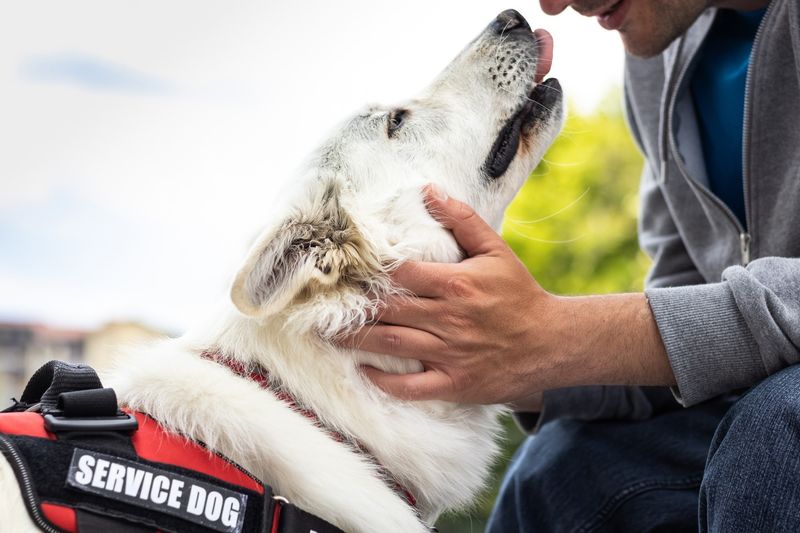
Dogs trained to detect and respond to PTSD play a crucial role in supporting those affected by the condition. They can sense the physiological changes during episodes, offering both physical and emotional comfort.
These dogs recognize signs of distress, like nightmares or panic attacks, and provide grounding behaviors, such as nudging or lying close. Their presence significantly improves quality of life by offering safety and stability.
The bond between a PTSD service dog and their handler is deeply therapeutic, aiding in recovery and highlighting the powerful role of canine companionship in overcoming trauma.
19. Hypoglycemia

Hypoglycemia detection dogs are trained to sense scent changes when blood sugar levels drop, providing early alerts for individuals with diabetes. These dogs can detect low blood sugar in their owner’s breath or sweat, allowing them to take action before symptoms worsen.
By preventing complications like loss of consciousness or seizures, they offer both security and independence. Training involves reinforcing their ability to detect these cues, and their role extends beyond monitoring, providing emotional support.
Hypoglycemia detection dogs significantly enhance the lives of those with diabetes, showcasing the power of their unique abilities in managing health.
20. Addison’s Disease

Dogs can be trained to detect Addison’s disease by sensing scent changes linked to hormonal imbalances. Early detection is crucial for managing the condition and preventing complications.
These dogs provide valuable alerts, allowing for timely medical intervention and reducing the risk of severe symptoms. Training involves reinforcing their natural detection instincts, helping them identify specific odor changes during episodes.
Beyond monitoring, these dogs offer emotional reassurance, enhancing the quality of life for individuals with Addison’s disease and showcasing the profound role of canine support in healthcare.
21. Hypothyroidism Detection

Some dogs can detect hypothyroidism by sensing subtle changes in body chemistry linked to the condition’s hormonal imbalances.
Trained in scent detection, they offer a non-invasive alert system, signaling the presence of hypothyroidism with remarkable accuracy.
Studies have shown dogs can identify specific compounds related to thyroid dysfunction, transforming diagnosis methods. This ability highlights the potential of canine assistance in early medical detection and management.
22. C. Difficile Infection Detection
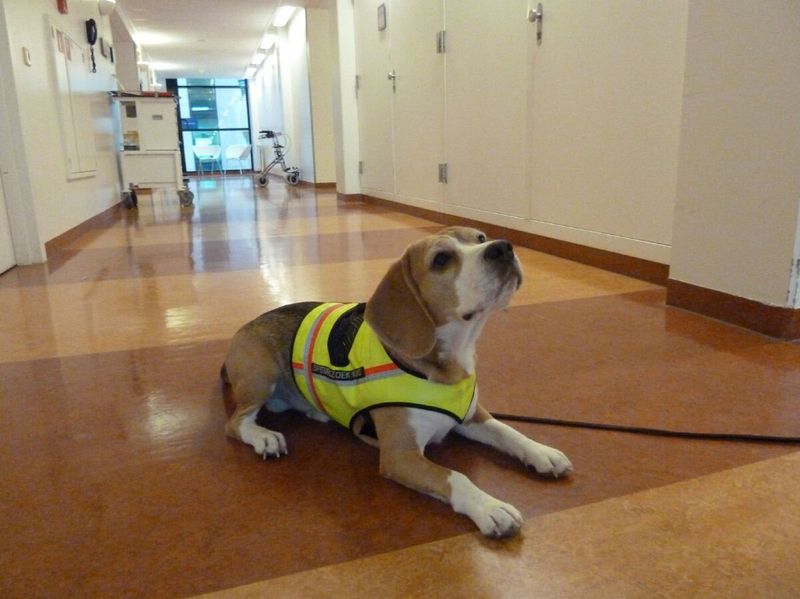
Beagles, with their exceptional scenting abilities, can detect C. difficile infections, which are common in healthcare settings. Trained dogs identify the unique scent of this pathogen, offering a fast, non-invasive diagnostic tool.
Studies show that dogs can alert medical staff to the infection, reducing transmission risks and improving patient outcomes.
This innovative approach demonstrates the potential of dogs in combating hospital-acquired infections, underscoring their crucial role in healthcare.






